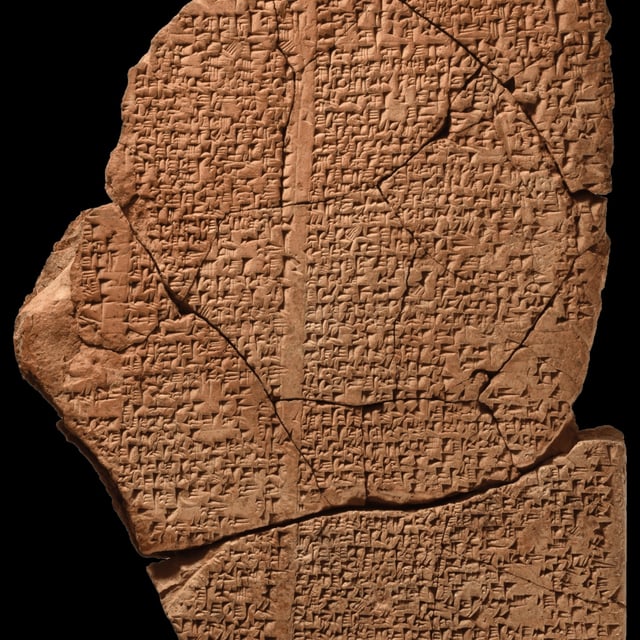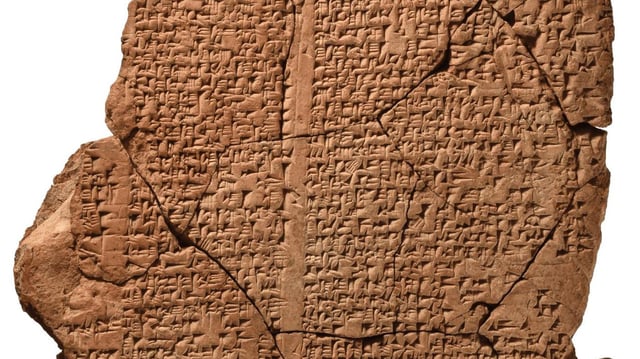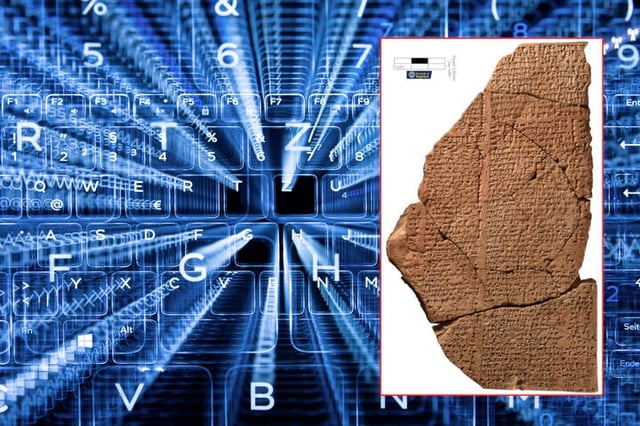Overview
- The hymn dates to around 1000 BCE and comprises 250 lines praising Babylon at its height.
- Researchers used an AI-driven platform to piece together 30 newly identified fragments and complete the text in months rather than decades.
- The reconstructed hymn features rare depictions of the Euphrates spring bringing seasonal greenery to Babylon’s landscape.
- It uncovers previously unknown women’s roles as priestesses, illuminating their religious duties in ancient society.
- Finds of student tablet copies confirm the hymn’s widespread popularity and use as an educational text in Babylonian schools.


